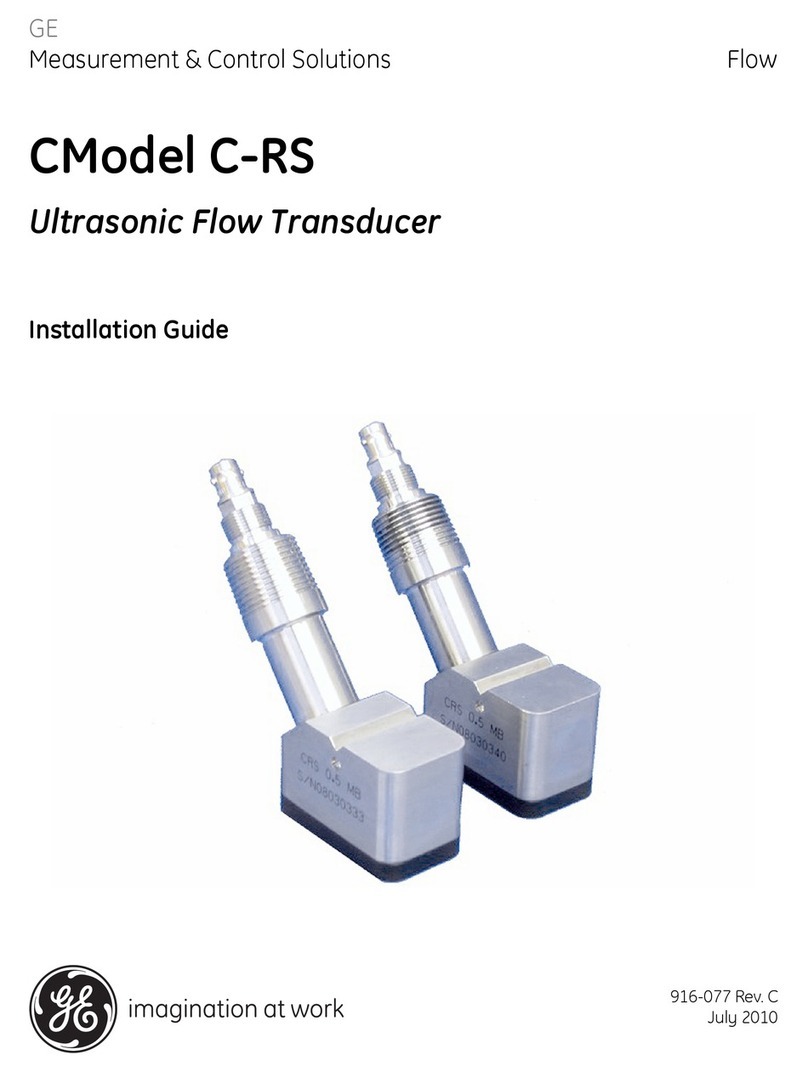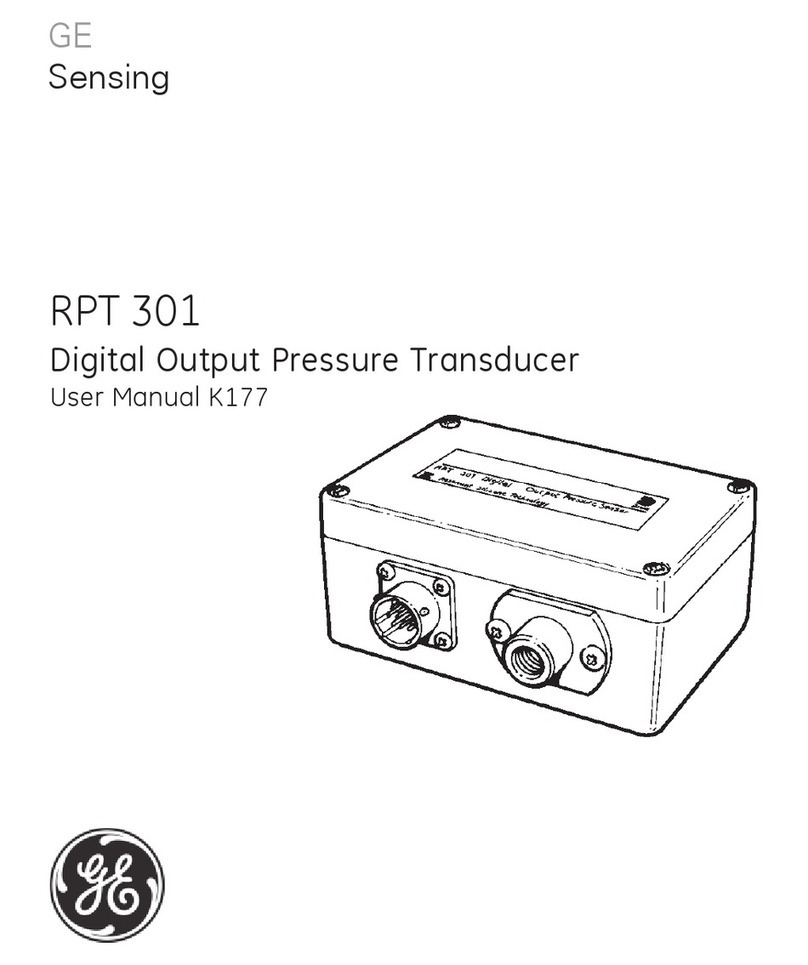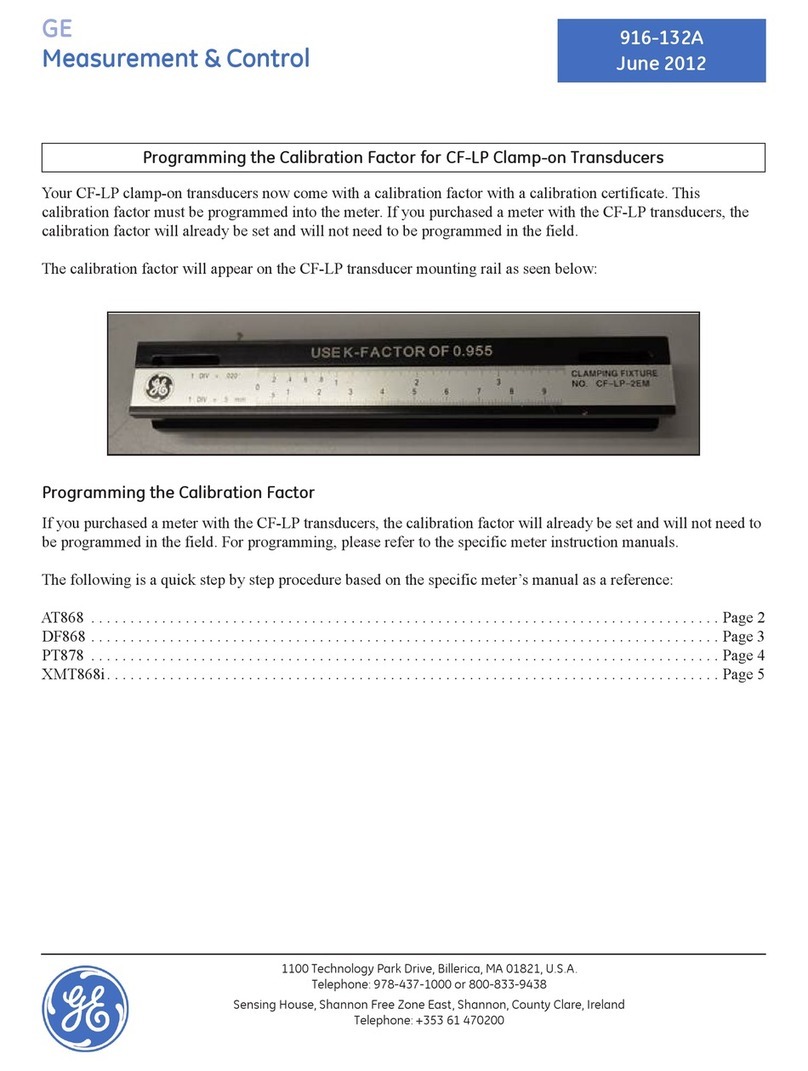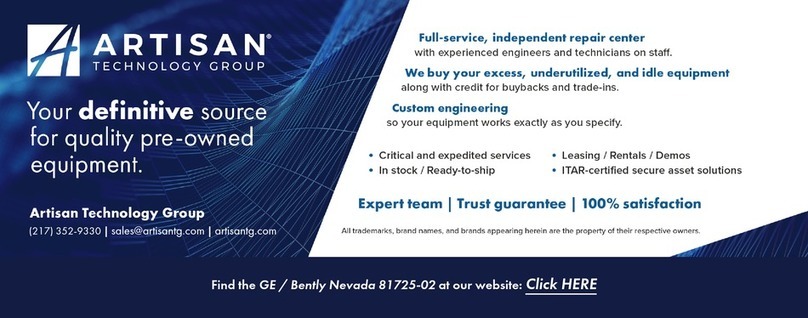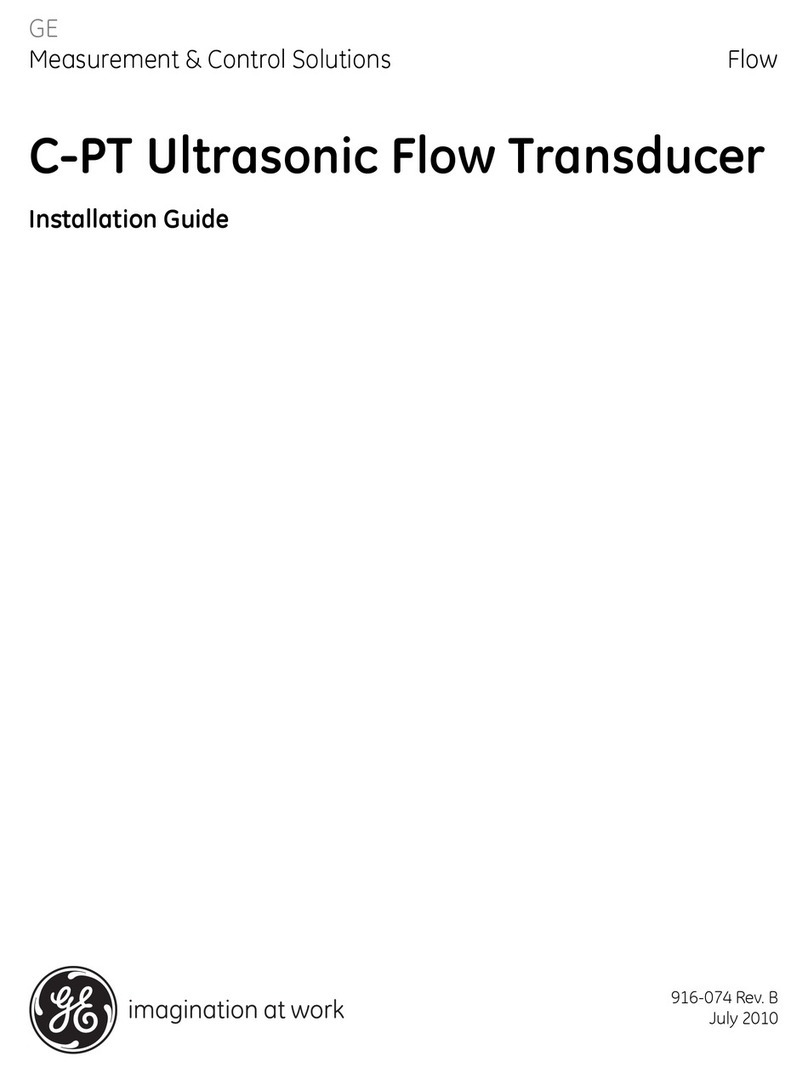
Model T17 Installation Guide iii
Contents
Chapter 1. Introduction
1.1 Overview. . . . . . . . . . . . . . . . . . . . . . . . . . . . . . . . . . . . . . . . . . . . . . . . . . . . . . . . . . . . . . . . . . . . . . . . . . . . . . . . . . . . . . . . . . . . . . .1
1.2 Transducer Construction. . . . . . . . . . . . . . . . . . . . . . . . . . . . . . . . . . . . . . . . . . . . . . . . . . . . . . . . . . . . . . . . . . . . . . . . . . . . . . . .1
1.3 Certification and Safety Statements . . . . . . . . . . . . . . . . . . . . . . . . . . . . . . . . . . . . . . . . . . . . . . . . . . . . . . . . . . . . . . . . . . . . .2
Chapter 2. Installing the Pipe Nozzles
2.1 Introduction. . . . . . . . . . . . . . . . . . . . . . . . . . . . . . . . . . . . . . . . . . . . . . . . . . . . . . . . . . . . . . . . . . . . . . . . . . . . . . . . . . . . . . . . . . . .3
2.2 Nozzle Installation - Diametrical Path. . . . . . . . . . . . . . . . . . . . . . . . . . . . . . . . . . . . . . . . . . . . . . . . . . . . . . . . . . . . . . . . . . . .4
2.2.1 Identifying the Nozzle Installation Kit Components - Diametrical . . . . . . . . . . . . . . . . . . . . . . . . . . . . . . . . . .5
2.2.2 Selecting and Marking the First Nozzle Location - Diametrical . . . . . . . . . . . . . . . . . . . . . . . . . . . . . . . . . . . . .6
2.2.3 Determining and Marking the Second Nozzle Location - Diametrical . . . . . . . . . . . . . . . . . . . . . . . . . . . . . .8
2.2.4 Installing the First Welding Boss - Diametrical . . . . . . . . . . . . . . . . . . . . . . . . . . . . . . . . . . . . . . . . . . . . . . . . . . .12
2.2.5 Installing the First Nozzle - Diametrical. . . . . . . . . . . . . . . . . . . . . . . . . . . . . . . . . . . . . . . . . . . . . . . . . . . . . . . . . .14
2.2.6 Installing the Second Welding Boss and Nozzle - Diametrical. . . . . . . . . . . . . . . . . . . . . . . . . . . . . . . . . . . . .16
2.2.7 Hot Tapping the Pipe - Diametrical. . . . . . . . . . . . . . . . . . . . . . . . . . . . . . . . . . . . . . . . . . . . . . . . . . . . . . . . . . . . . .17
2.2.8 Cold Tapping the Pipe - Diametrical. . . . . . . . . . . . . . . . . . . . . . . . . . . . . . . . . . . . . . . . . . . . . . . . . . . . . . . . . . . . .17
2.3 Nozzle Installation - MR1 Mid-Radius Path . . . . . . . . . . . . . . . . . . . . . . . . . . . . . . . . . . . . . . . . . . . . . . . . . . . . . . . . . . . . . .18
2.3.1 Identifying the Nozzle Installation Kit Components - MR1 Mid-Radius. . . . . . . . . . . . . . . . . . . . . . . . . . . . .19
2.3.2 Selecting and Marking the First Nozzle Location - MR1 Mid-Radius . . . . . . . . . . . . . . . . . . . . . . . . . . . . . . .20
2.3.3 Determining and Marking the Second Nozzle Location - MR1 Mid-Radius . . . . . . . . . . . . . . . . . . . . . . . . .24
2.3.4 Installing the First Welding Boss - MR1 Mid-Radius . . . . . . . . . . . . . . . . . . . . . . . . . . . . . . . . . . . . . . . . . . . . . .29
2.3.5 Installing the First Nozzle - MR1 Mid-Radius . . . . . . . . . . . . . . . . . . . . . . . . . . . . . . . . . . . . . . . . . . . . . . . . . . . . .32
2.3.6 Installing the Second Welding Boss and Nozzle MR1 Mid-Radius . . . . . . . . . . . . . . . . . . . . . . . . . . . . . . . . .34
2.3.7 Hot Tapping the Pipe - MR1 Mid-Radius . . . . . . . . . . . . . . . . . . . . . . . . . . . . . . . . . . . . . . . . . . . . . . . . . . . . . . . . .35
2.3.8 Cold Tapping the Pipe - MR1 Mid-Radius . . . . . . . . . . . . . . . . . . . . . . . . . . . . . . . . . . . . . . . . . . . . . . . . . . . . . . . .35
2.4 Nozzle Installation - MR2 Mid-Radius Path . . . . . . . . . . . . . . . . . . . . . . . . . . . . . . . . . . . . . . . . . . . . . . . . . . . . . . . . . . . . . .36
2.4.1 Identifying the Nozzle Installation Kit Components - MR2 Mid-Radius. . . . . . . . . . . . . . . . . . . . . . . . . . . . .37
2.4.2 Selecting and Marking the First Nozzle Location - MR2 Mid-Radius . . . . . . . . . . . . . . . . . . . . . . . . . . . . . . .38
2.4.3 Determining and Marking the Second Nozzle Location - MR2 Mid-Radius . . . . . . . . . . . . . . . . . . . . . . . . .42
2.4.4 Installing the First Welding Boss - MR2 Mid-Radius . . . . . . . . . . . . . . . . . . . . . . . . . . . . . . . . . . . . . . . . . . . . . .47
2.4.5 Installing the First Nozzle - MR2 Mid-Radius . . . . . . . . . . . . . . . . . . . . . . . . . . . . . . . . . . . . . . . . . . . . . . . . . . . . .50
2.4.6 Installing the Second Welding Boss and Nozzle MR2 Mid-Radius . . . . . . . . . . . . . . . . . . . . . . . . . . . . . . . . .52
2.4.7 Hot Tapping the Pipe - MR2 Mid-Radius . . . . . . . . . . . . . . . . . . . . . . . . . . . . . . . . . . . . . . . . . . . . . . . . . . . . . . . . .53
2.4.8 Cold Tapping the Pipe - MR2 Mid-Radius . . . . . . . . . . . . . . . . . . . . . . . . . . . . . . . . . . . . . . . . . . . . . . . . . . . . . . . .53
Chapter 3. Installing an Isolation Valve
3.1 Introduction. . . . . . . . . . . . . . . . . . . . . . . . . . . . . . . . . . . . . . . . . . . . . . . . . . . . . . . . . . . . . . . . . . . . . . . . . . . . . . . . . . . . . . . . . . .55
3.2 Valve Installation for 3-inch Flanges . . . . . . . . . . . . . . . . . . . . . . . . . . . . . . . . . . . . . . . . . . . . . . . . . . . . . . . . . . . . . . . . . . . .55






